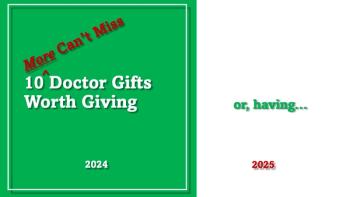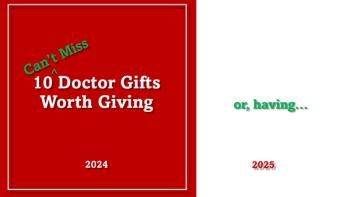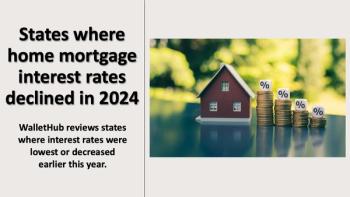
The Countries with the Highest Sparkling Wine Taxes
Order a bottle of bubbly in these countries and you'll get hit with more than a buzz -- you'll also get hit with a hefty excise tax.
Pop the cork! Not just for special occasions anymore, wine drinkers are making sparkling wine a more regular beverage of choice. Whether opting for a glass of bubbly with dinner or mixing a fashionable cocktail, Champagne, Prosecco, Cava, and their closest relatives are growing in popularity.
According to the International Organisation of Vine and Wine and
Depending on where you’re tipping back that bubbly, though, you might be paying more than most in excise taxes. Excise taxes are levied before any sales tax or value-added tax, and are built into the prices when sold to the consumer.
A paper put out by
Here’s a list of the 12 countries where excise taxes on sparkling wines increased the wholesale price of wine the most. The research compares both “Old World’ and “New World” wine-producing countries, specifically the countries that consume more than 90% of the world’s wine. The number given is based on amount added to the wholesale price, in US dollars, per liter of sparkling wine in July 2014.
The U.S. increased its sparkling wine production by 29% in the past decade, but excise tax-related price has remained relatively low. Both the Czech Republic and Slovak Republic do not see any increase in price due to an excise tax on still wine, while Estonia’s still wine gets the same price bump as sparkling wine.
Germany is the only “Old World” sparkling wine producer on this list. One of the top sparkling wine producers, Germany made 2.6 million hectoliters of the bubbly last year, behind only France and Italy. Speaking of Germany’s neighbor, France’s excise tax increases the price per liter by one cent.
New Zealand’s excise tax on alcohol was increased across the board in 2013, bumping its effect on sparkling wine prices from 19 cents per liter to 23 cents per liter. But, after hauling in what some growers are calling “the
Denmark’s appearance on this list is a little surprising, considering the
Everything is expensive in Sweden, and sparkling wine is not an exception. Due to heavy taxation (an additional 14% VAT is added after the excise tax), some residents purchase their alcohol in Germany or Finland. But the Swedes are starting to gain attention for
In a beer-heavy market, wine consumption is growing by about 2% per year in the Netherlands. But along with the growth of consumption is the growth of excise taxes; in 2013, the country raised their taxes on alcohol. This increased the price per liter of sparkling wine by about 6 cents.
Another “New World” wine producer, Chile has seen significant growth in its sparkling wine production and export. From 2011 to 2012,
Nordic countries are generally known for their high cost of living, so Finland’s appearance near the top of this list is no surprise. What is surprising, though, is that Finland’s excise tax raises the price of a liter of sparkling wine the same amount as super premium and commercial premium still wines (price of a bottle ranging from about $21 to $7).
The UK’s sparkling wine excise tax has also increased in the past 2 years, increasing our metric from 41 cents per liter to 55 cents. Doubtful anyone was paying much attention to the amount of tax included in
Production of sparkling wine has increased by 25% in the last 10 years in Australia, and the cost increase per liter of excise taxes is highest amongst wine-exporting countries. The author of the paper said the purpose of comparing the taxes to see if Australia’s rate was still high compared to other developed countries. Question answered.
While wine makers are looking to
Newsletter
Stay informed and empowered with Medical Economics enewsletter, delivering expert insights, financial strategies, practice management tips and technology trends — tailored for today’s physicians.



















